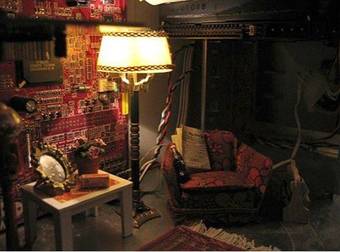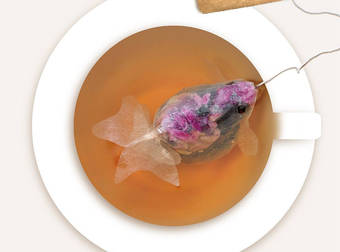J.R.R. Tolkien needs no introduction, of course. The author of the seminal Lord of the Rings trilogy, along with many other works on Middle Earth, is a household name and a favorite of kids and adults alike. His incredible imagination, spurred by years of studying the ancient cultures of Europe, created an entire unique universe.
…but he wasn’t just a writer. He created a visual record of his work as well. His illustrations, rich with texture and color, are just as striking as his stories. They give us a rare, personal glimpse of what he was imagining when he created his tales.
Some are polished and completed illustrations. Others are simple pencil sketches he might have done to help him work out the details of the stories. Unfortunately, his artwork is not well known. It wasn’t for lack of trying on Tolkien’s part; he delivered his manuscript of The Hobbit with over 100 illustrations included, but they never made it to press.
His illustrations are simple, and evoke the mood of the landscapes through color, shadow and linework rather than action. Natural features dominate the images. The figures, if there are any, are typically very small and not always immediately visible. It’s actually in keeping with the themes of Tolkien’s tales: the characters are important, but they are parts of a much larger, interconnected world. The landscapes in the stories also have their own personalities, like the magical forest of Lothlórien to the barren, sinister wastes of Mordor.
His artwork also shows heavy influence from both the art nouveau and art deco movements. They feature graphic, stylized linework and patterns, geometrical forms. His artwork today is overshadowed by his writing, but his illustrations did grace the covers of some older editions of his books.
Today, you can find volumes of Tolkien’s illustrations, and we should consider ourselves lucky that his art did not get lost over the years.
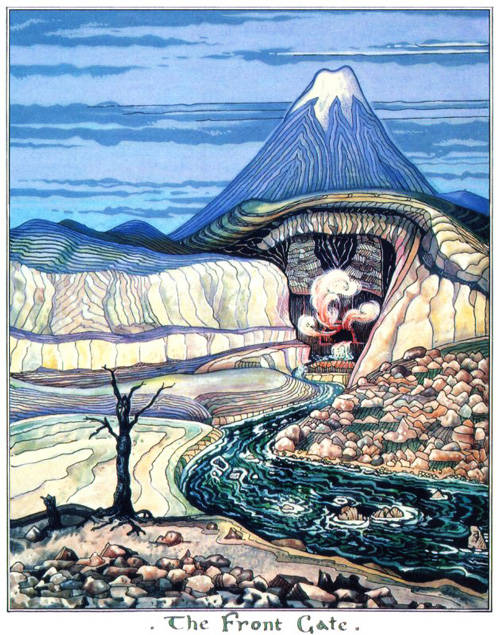 share
share
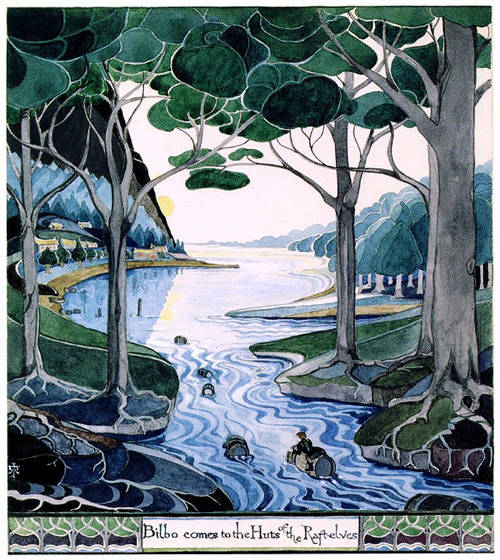 share
share
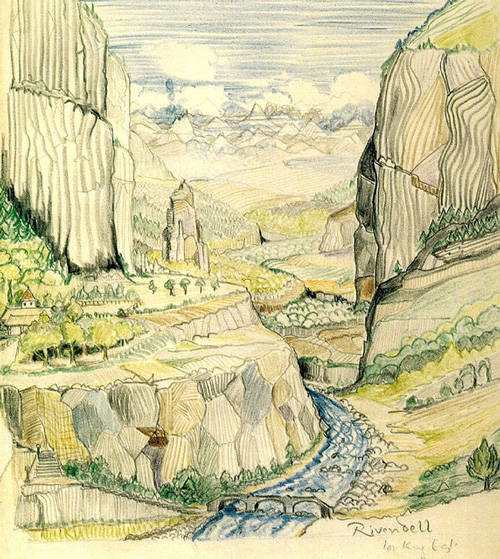 share
share
 share
share
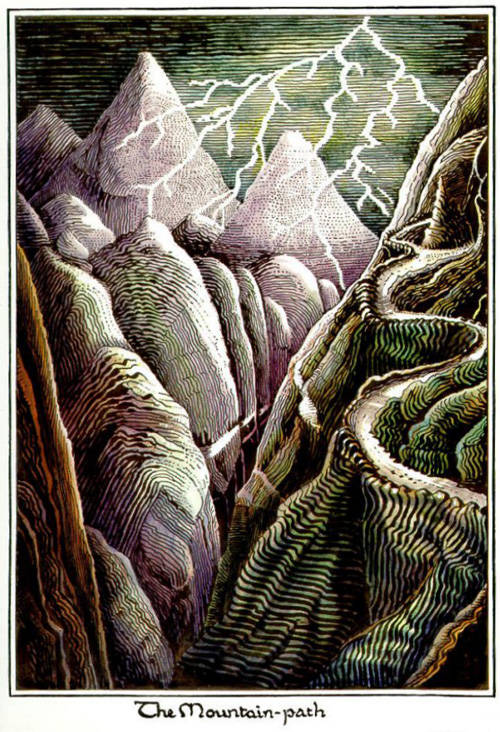 share
share
 share
share
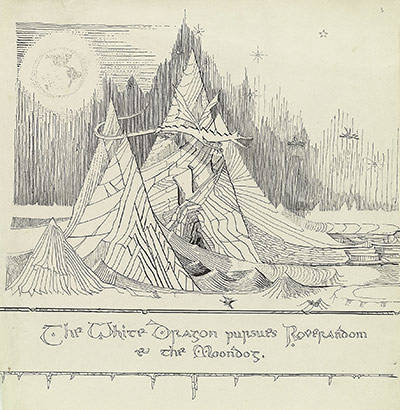 share
share
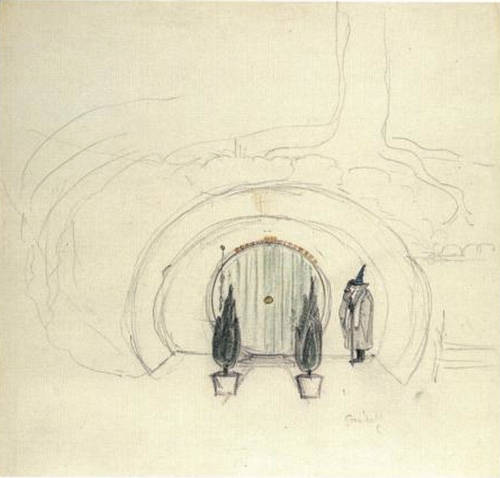 share
share
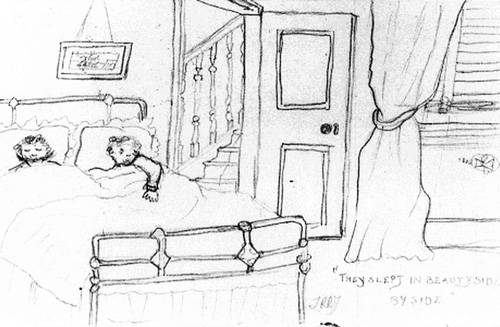 share
share
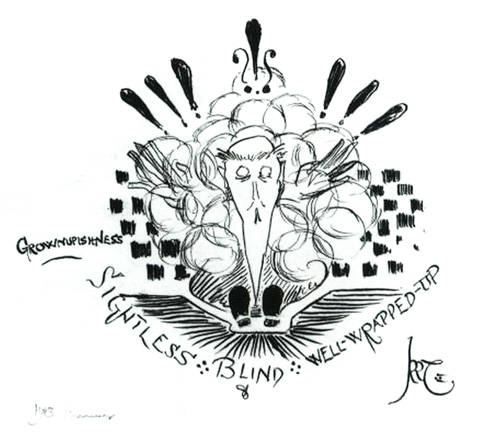 share
share
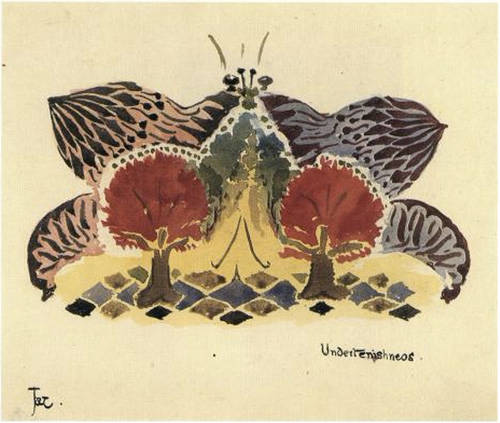 share
share
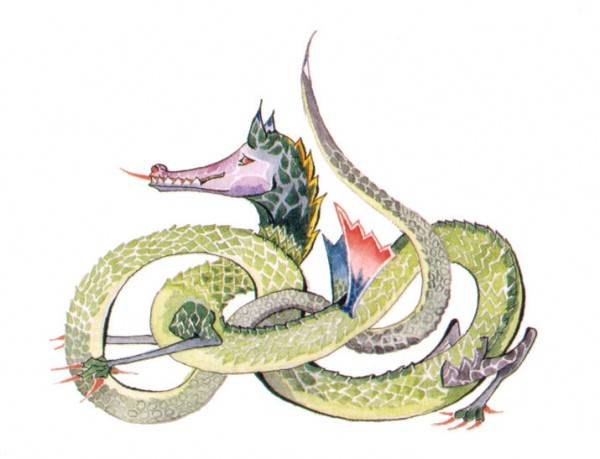 share
share
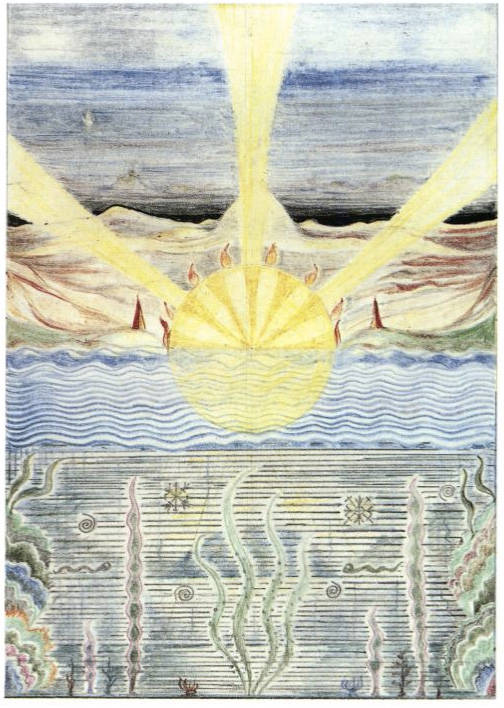 share
share
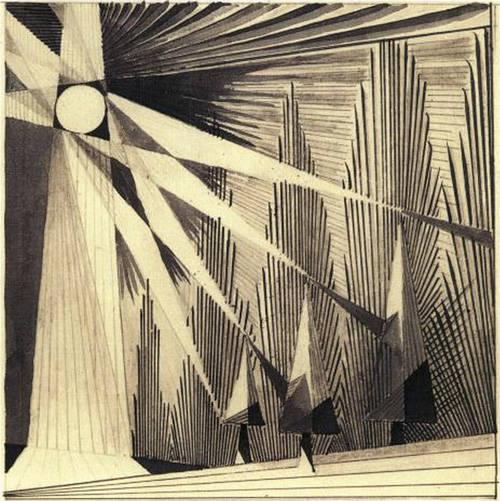 share
share

